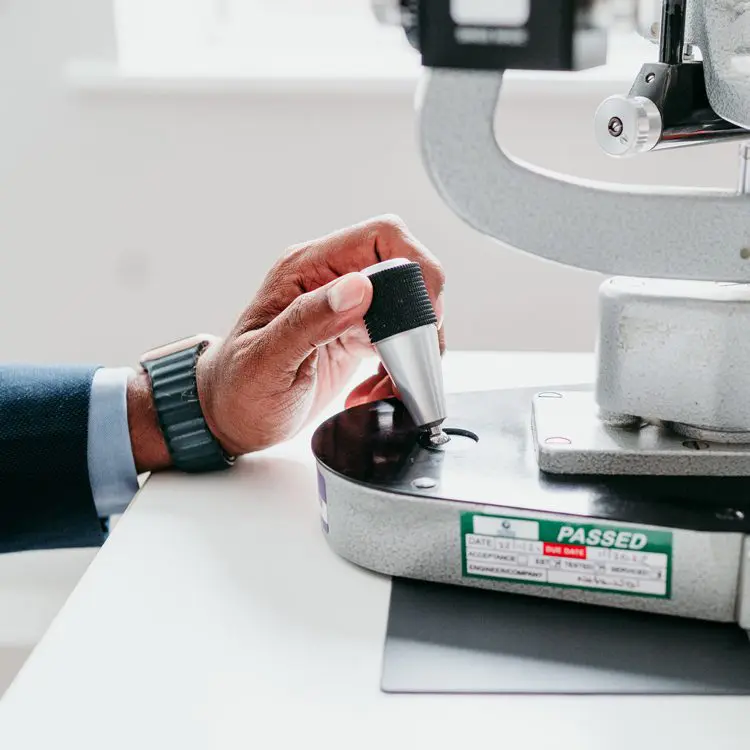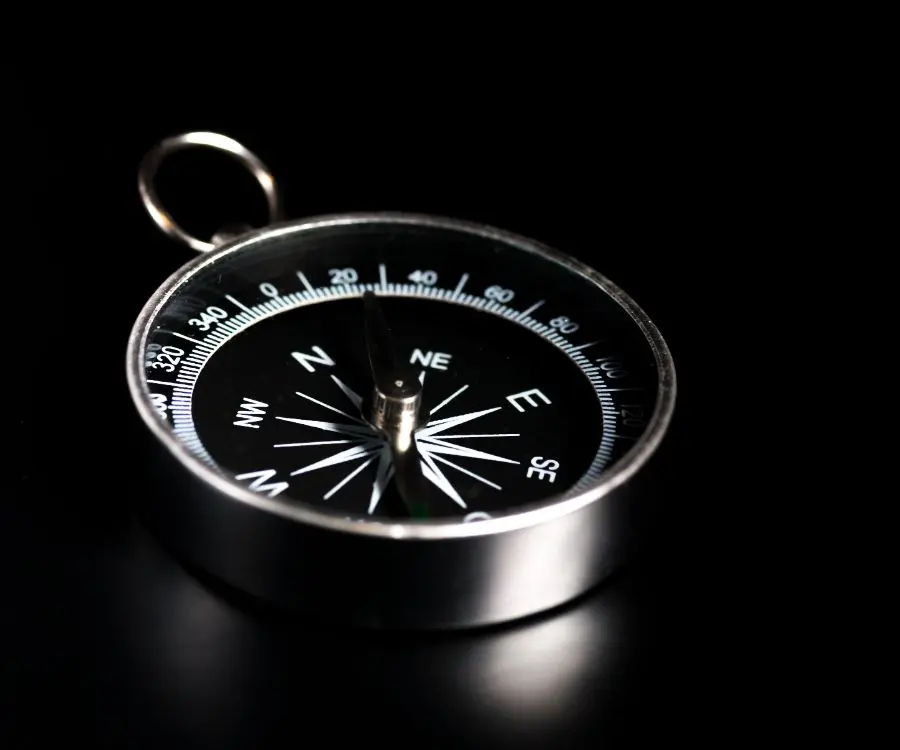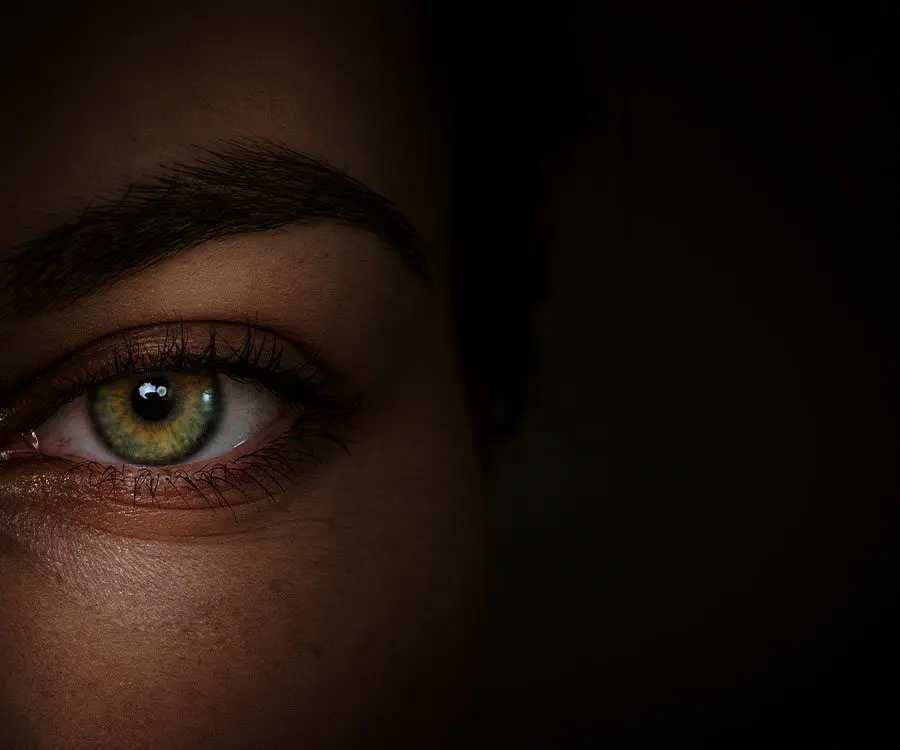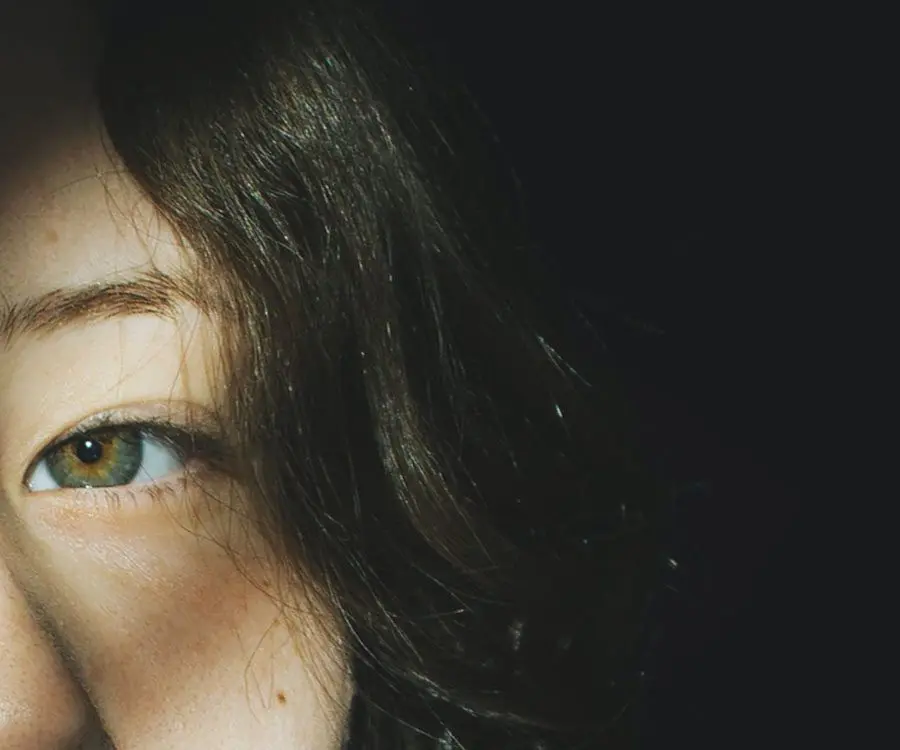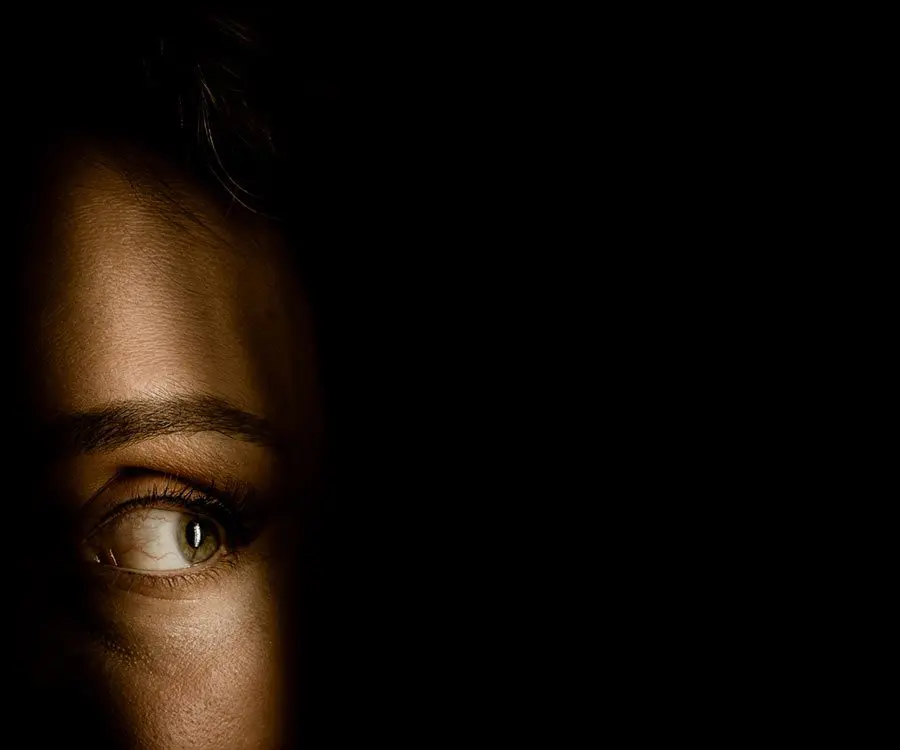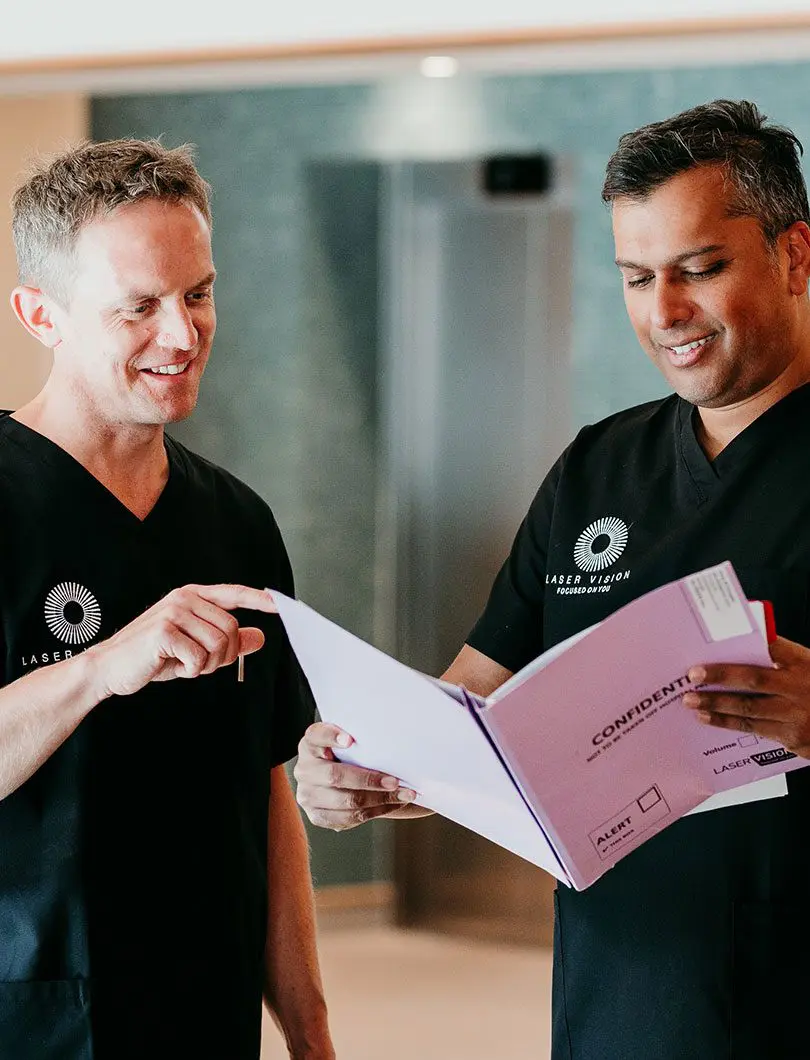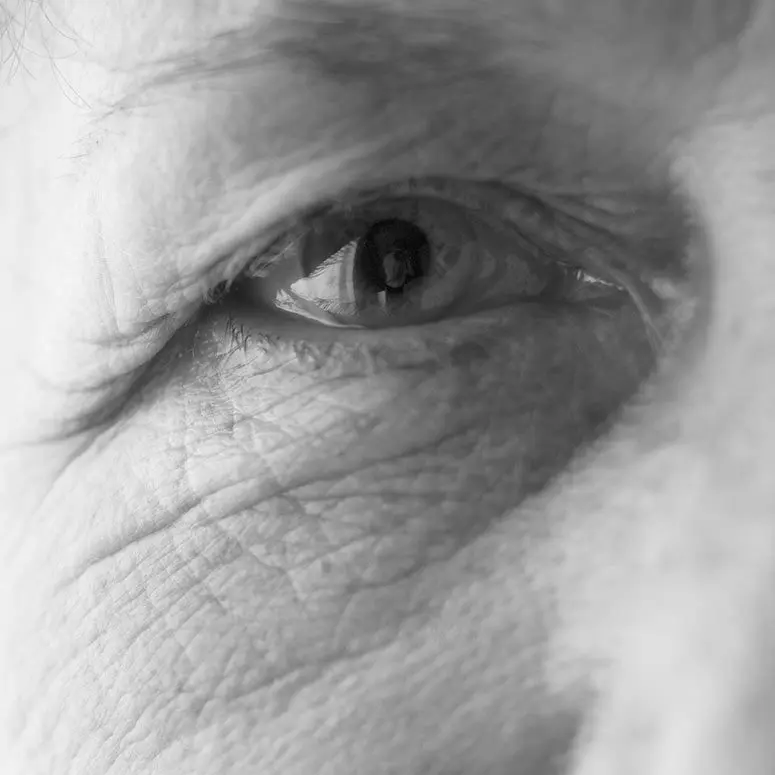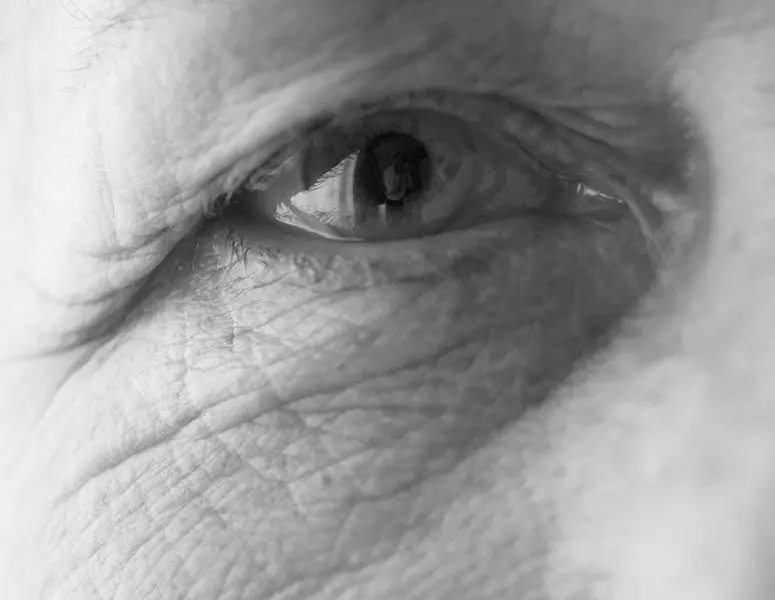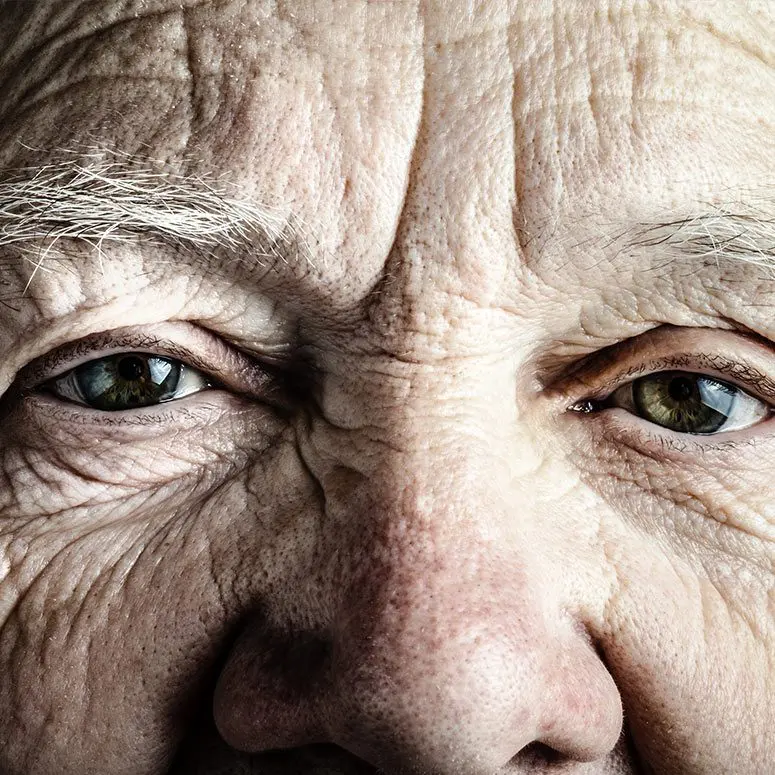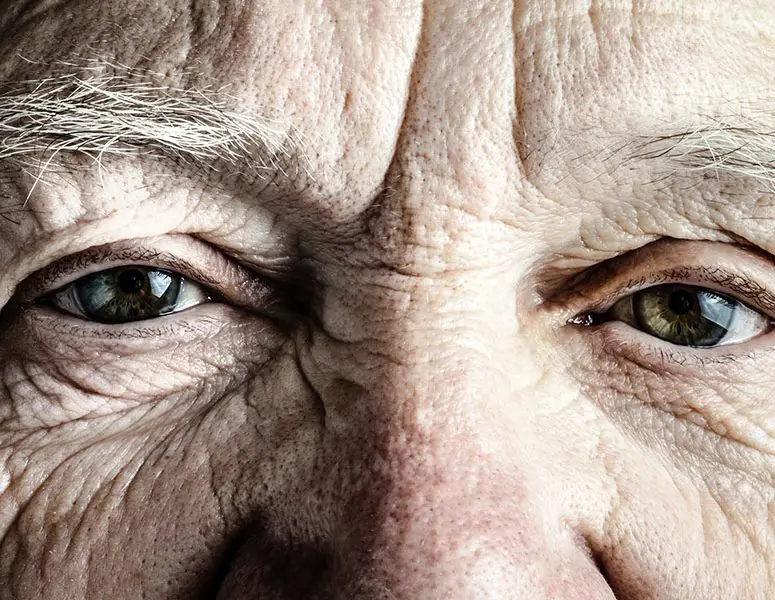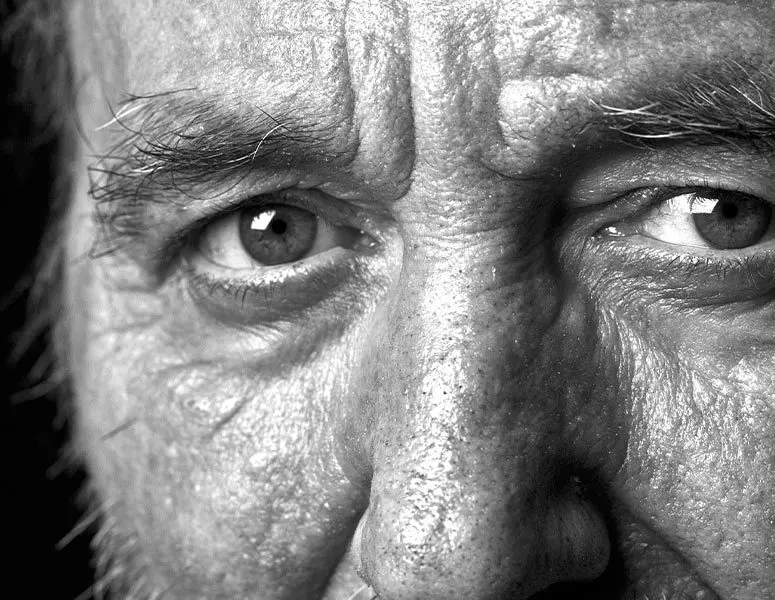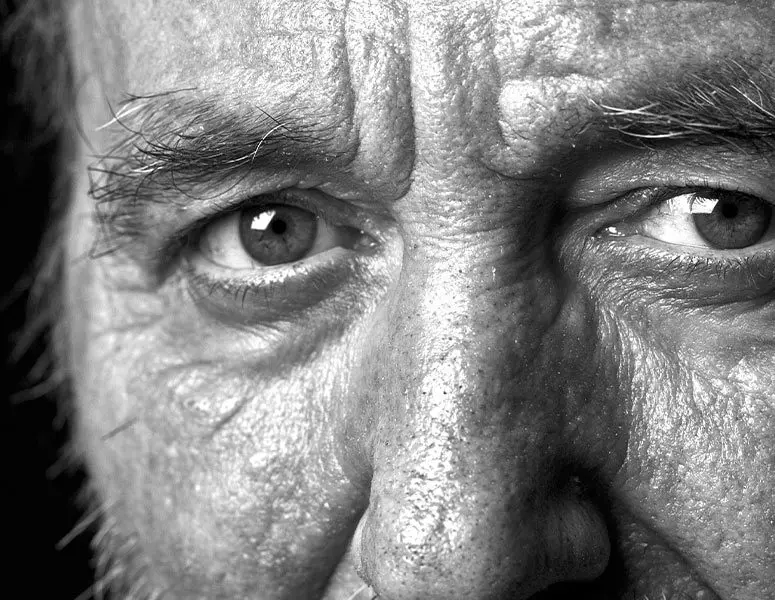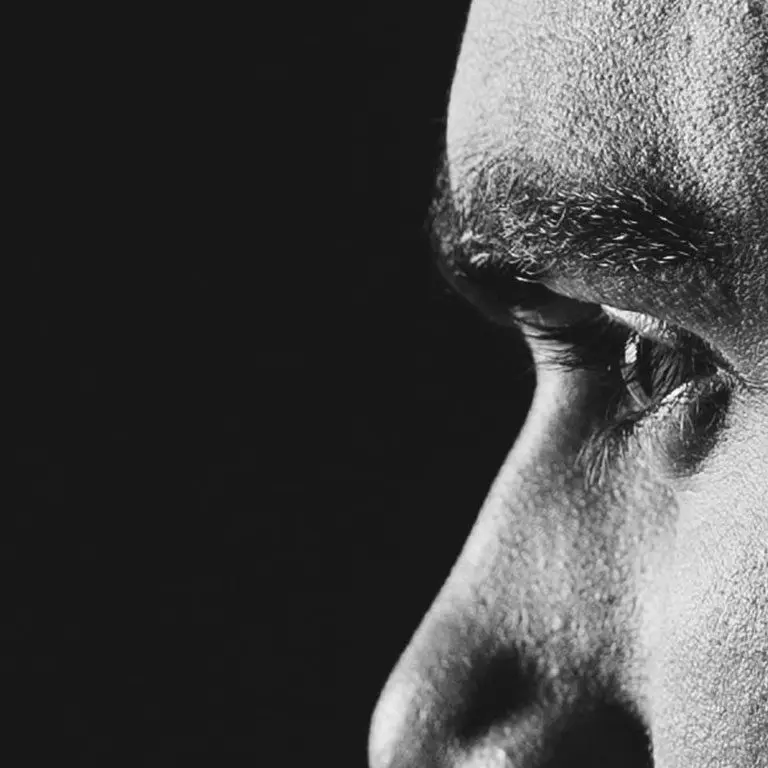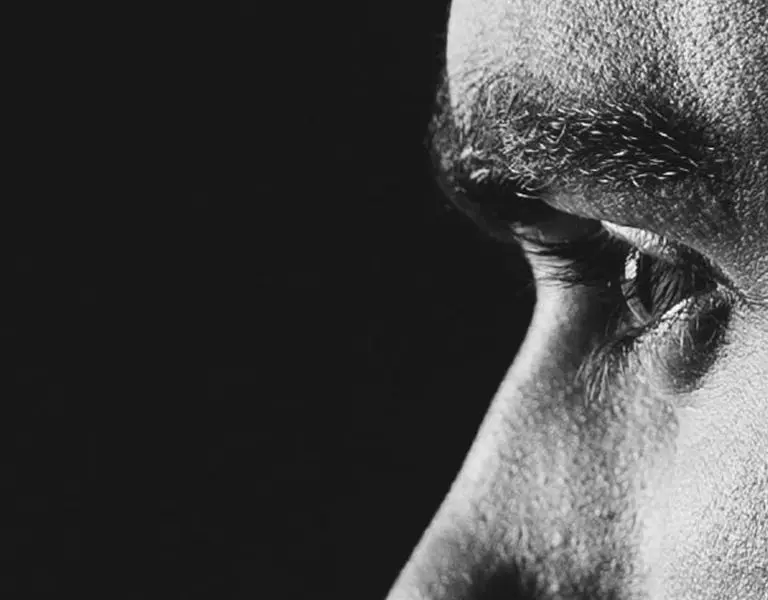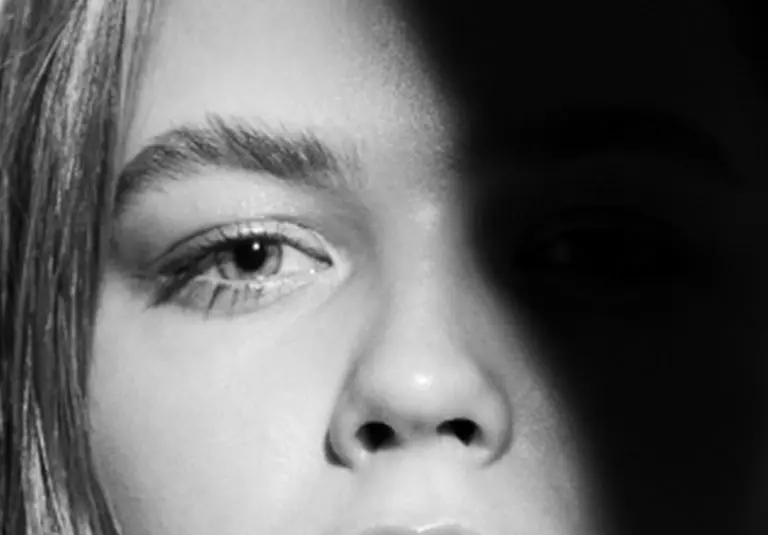- Corneal Surgery

PK
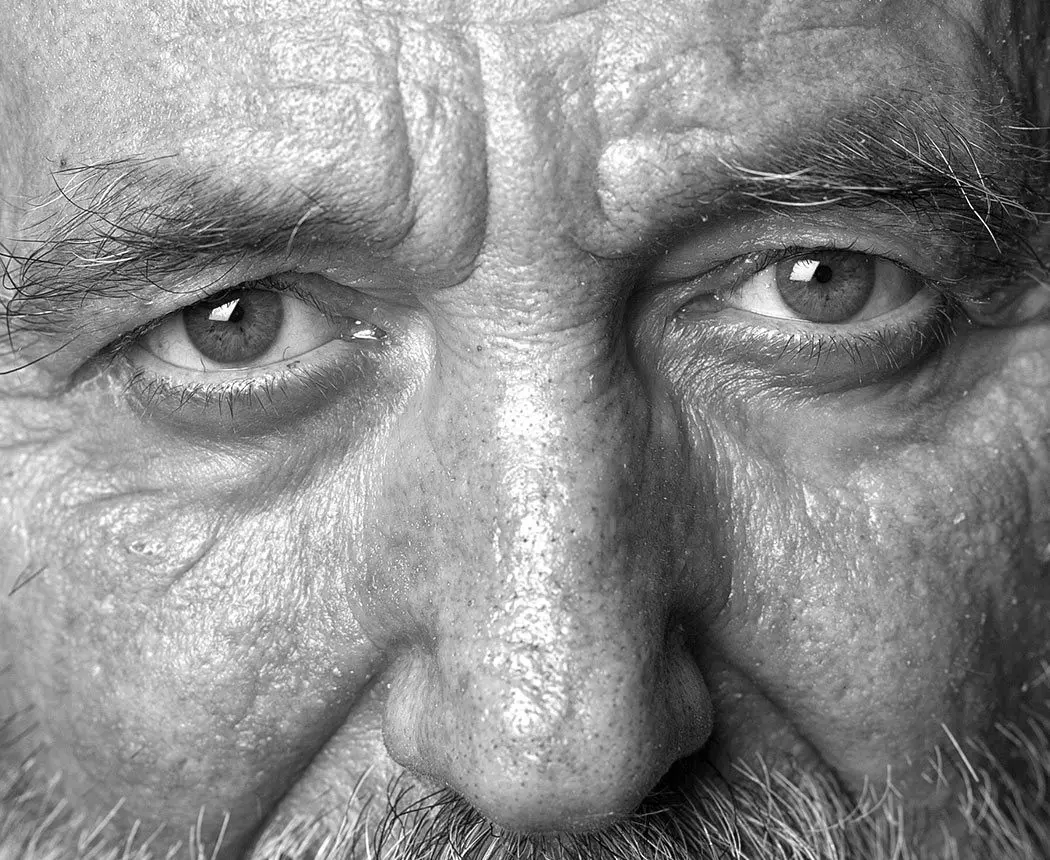
- Treatment

- Corneal Surgery
PK
Penetrating Keratoplasty (PK) is a cornea transplant technique where the full thickness central cornea is removed. A donor corneal button is then sutured into place over the front of the eye where the tissue has been removed.
A donor cornea is then sutured into place over the front of the eye where the tissue has been removed. PK is a less common operation although more simple it tends to be performed if the condition involves all the layers of the cornea so all layers of the cornea have to be replaced. In these cases it is a very successful operation. However although it carries slightly higher risk of corneal rejection it offers the potential of very good vision. PK is performed to treat a number of conditions including severe keratoconus, corneal dystrophies scarring from corneal infection or trauma.
A donor cornea is then sutured into place over the front of the eye where the tissue has been removed. PK is a less common operation although more simple it tends to be performed if the condition involves all the layers of the cornea so all layers of the cornea have to be replaced. In these cases it is a very successful operation. However although it carries slightly higher risk of corneal rejection it offers the potential of very good vision. PK is performed to treat a number of conditions including severe keratoconus, corneal dystrophies scarring from corneal infection or trauma.

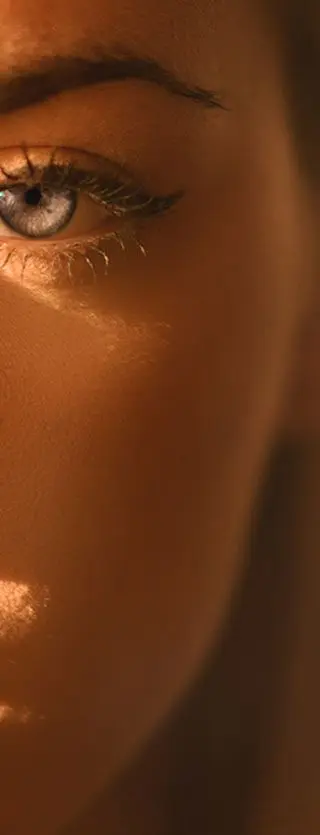
How is it performed?
- 1.PK is performed under general anaesthetic in the operating theatre.
- 2.The patient is laid flat on the treatment bed.
- 3.Povidone iodine clean, sterile drape applied, and eyelid support inserted.
- 4.Full thickness central section of the host cornea is removed, and donor cornea sutured into place.
- 5.Topical anti-inflammatory and antibiotic drops applied.
